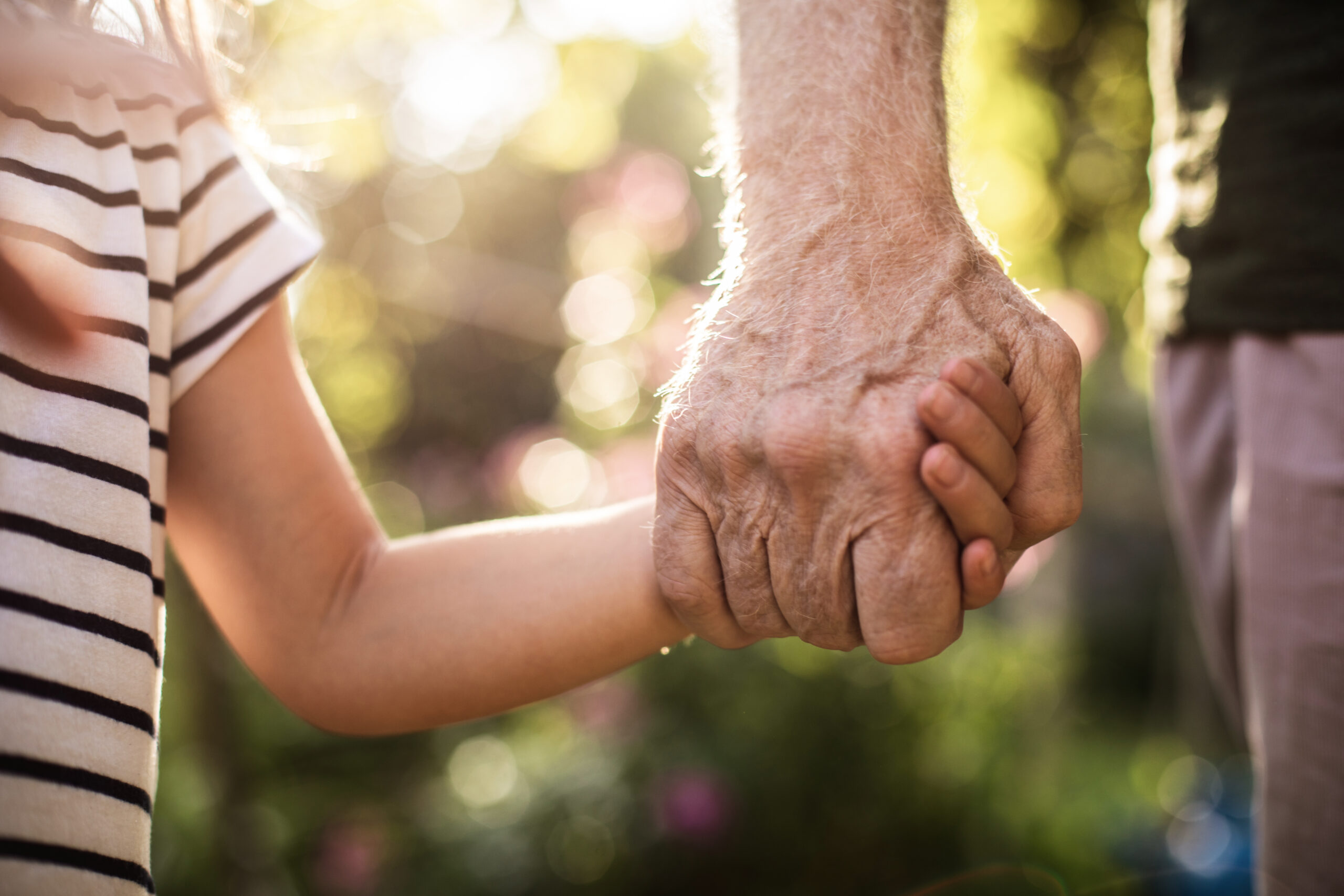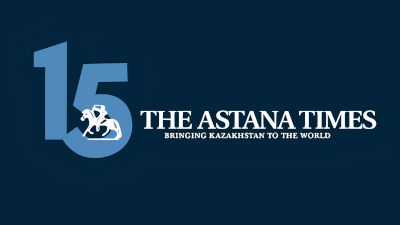ASTANA – Only 32.1% of Kazakhstan’s population is engaging in healthy aging practices, according to the Active Longevity Index (ALI) for 2023, reported by the Kazakh Bureau of National Statistics on Jan. 20.

Photo credit: Olena Yakobchuk/Shutterstock.
The index reveals that men scored slightly higher at 32.9%, while women stood at 31.5%, leaving 67.9% of the population underutilizing their potential for active and healthy aging.
The index for both sexes increased by 1.1 percentage points compared to 2022 and by 2.5 percentage points compared to 2020.
The index consists of four domains, which combine 22 partial indicators. The first three domains – (1) employment, (2) social participation, and (3) independent/health/secure living – are direct indicators of active aging. The last, fourth domain – capacity and enabling environment – reflects the potential for active aging.
Most indicators aim to measure certain areas of active aging among people aged 55 years and older. All partial indicators, domains and the index are measured from 0% to 100%, where the highest value shows the most complete realization of the potential for active aging.
Over the course of four years, from 2019 to 2023, the highest values are observed in the third and fourth domains of the index. In 2023, the highest values were observed in indicators such as relative median income (100%), no risk of poverty (99.8%), formal education level (99.4%), use of information and communications technology (95.1%), and the lowest – in indicators such as participation in volunteer activities (0.2%), care for the sick and disabled (1.6%), employment rate at the age of 70-74 years (3.0%).
The World Health Organization defines active aging as “the process of optimizing opportunities for health, participation and security to enhance quality of life as people age.”


